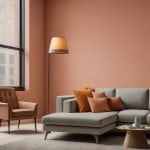10 Relaxing Paint Colors for Stress Relief

As with any paint job, there are certain colors that are going to be better at assisting with stress relief and calming.
When you think about painting a bedroom, you need to think about colors that are designed to help you sleep better, for example. After all, we already know that colors can evoke certain moods and behaviors, so it would make sense that some are better for stress relief than others. If you’re trying to create a tranquil oasis in any part of your home, here’s what you need to know.
How Paint Colors Affect Moods?
Whether it’s the mood of the room or your own personal mood, wall colors can evoke them in many different ways. Studies have been done on various colors and how they affect your mood. Certain colors can change the way a room feels and the type of vibe that it gives off.
Yellows, for example, are great to bring brightness and optimism and open up a space. They can also be calming in some ways, but not all shades will deliver.
Color can add drama, help add direction to a space, and even create a calming oasis that turns your home into a stress-free place that welcomes relaxing. When you think about relaxing, which colors do you think of? The chances are that your subconscious mind already knows what colors are going to be the most calming. Now it’s time for your conscious mind to catch up.
According to the U.S. National Sleep Foundation, paint colors are going to have an impact on your sleep. According to the foundation, “specialized receptors in the retina of your eyes – called ganglion cells – are responsible for relying information to the part of your brain that controls your body’s 24-hour rhythm, which, in turn, affects everything from performance to how you feel physically during the day.”
So, the proof is there—color matters when it comes to creating a calm, stress-free space. What colors, then, should you be using? Here are the top 10 choices.
Shades of Blue
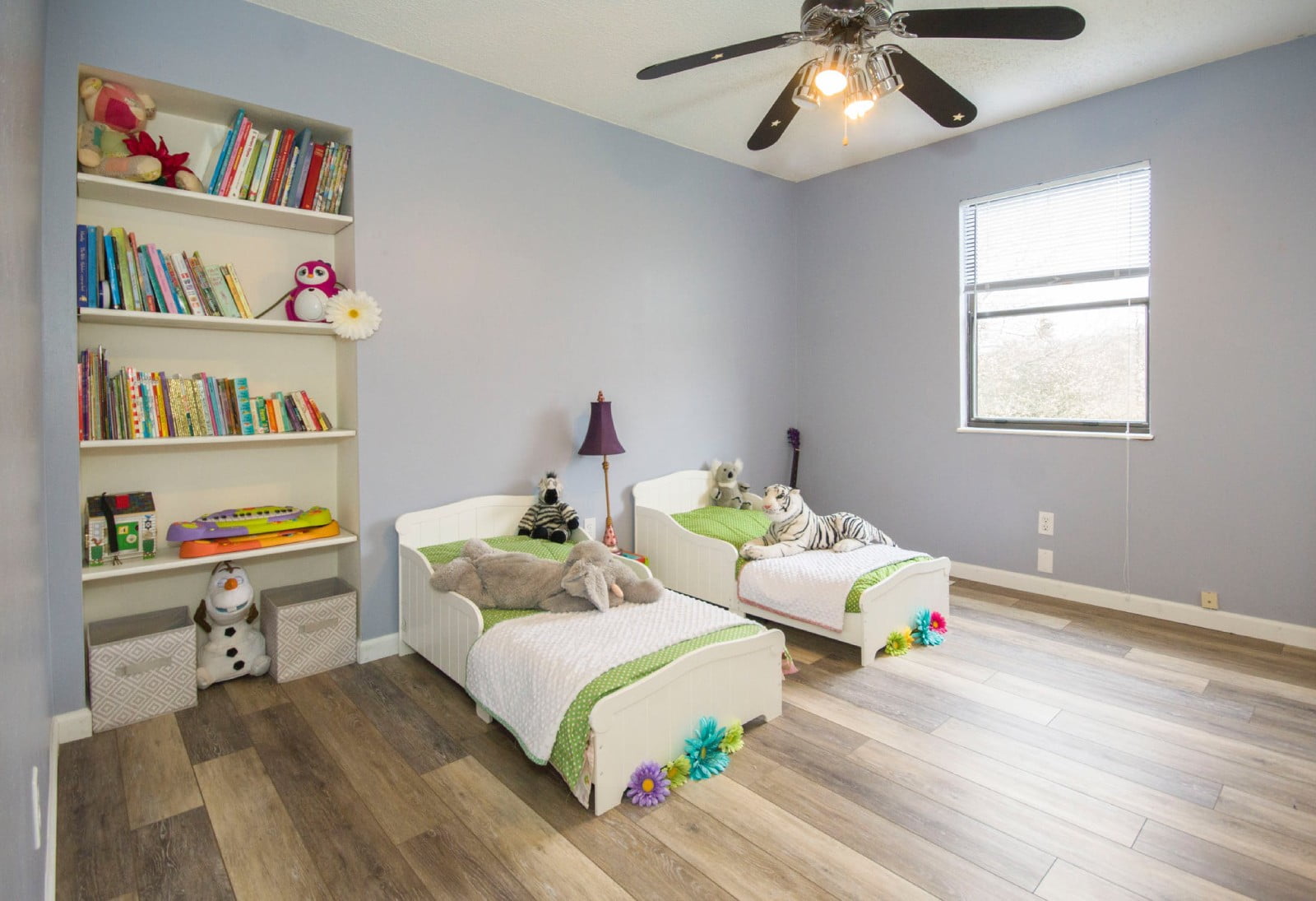
Blue has always been a top choice for a calming effect. Almost any shade of blue can actually create a sense of serenity and peace, fostering better sleep and helping you wake less often during the night. Some studies have even shown that waking up in a room that is blue can even make you feel happier and start your day on a more optimistic footing.
There are tons of shades of blue out there, and even some of the brighter ones can still produce a stress-reducing effect, so there should be a shade for just about everyone. From royal blue to sky blue and even a nice blue-green, there’s a color for calm that you’re sure to love in this shade.
White
Although it’s often referred to as stark and clinical, the right shade of white can be calming and soothing. White is clean, which helps reduce the clutter in our minds and produce a soothing effect. Avoid the stark white shades and the whites that have darker bases. Stick with something that has a warm base for a comforting, pure effect that helps you feel less stressed and chaotic.
There are as many shades of white as you can imagine, so it shouldn’t be hard to find something that fits.
Yellow
Most people probably wouldn’t put yellow on this list, but the reality is that many shades of yellow actually induce a positive mood. The ability of your brain to correlate the color yellow with sunlight is partially to blame, but even in terms of bedrooms, yellow rooms see people who sleep longer, better, and wake up feeling more rested overall.
Again, you’ll probably want to stay away from super-bright shades, but a nice golden yellow may go a long way for creating a less stressful space.
Green Shades
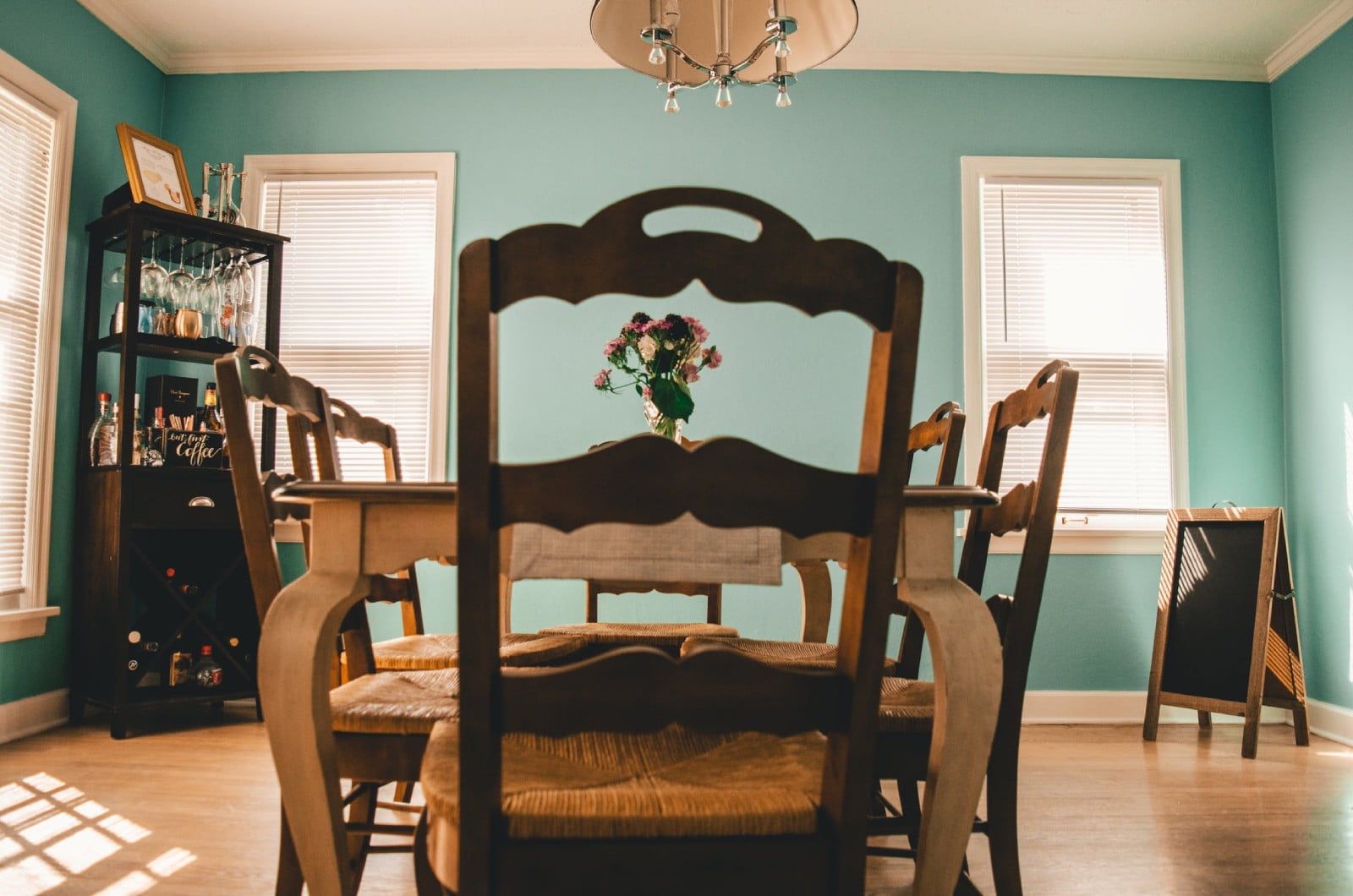
Certain shades of green, including lighter shades and blue-green tones, are also very well-known for their calming effect. Even if you don’t want to paint an entire room green, you can choose an accent wall and pair it with another soothing color to create your own tranquil oasis.
If you’re trying to create a stress-free space for better sleep, paint the wall you see upon waking so that you notice it and get the most impact from the color change.
Violet or Lilac
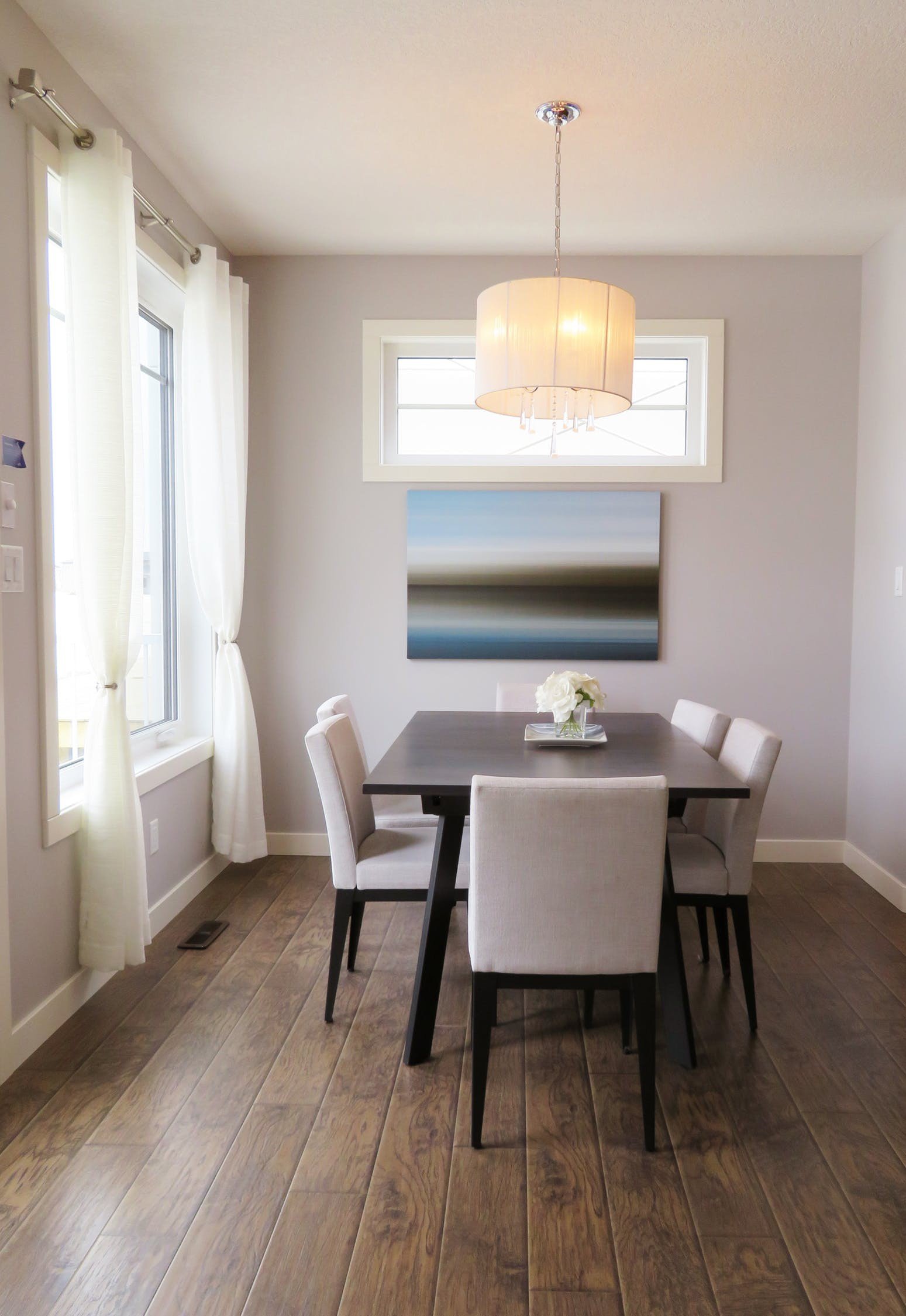
While designers will typically tell you to stay away from deep purples and bright shades because they can be invigorating, powerful, and stimulating, the shades of purple that have blue bases are ideal for creating a calming effect. Choose something more to the pastel side that doesn’t have a lot of black in the base for the best results.
Grey

The right shade of grey can go a long way in helping reduce stress. Greys that are based with browns can be rather calming and earthy, and greys that are blue-based will have a similar calming effect and offer the same optimism and feeling of comfort that blues offer, as well.
Stay away from dark shades and those with deep bases, as they’ll create a dark, less welcoming feel and may even induce restlessness.
Tan
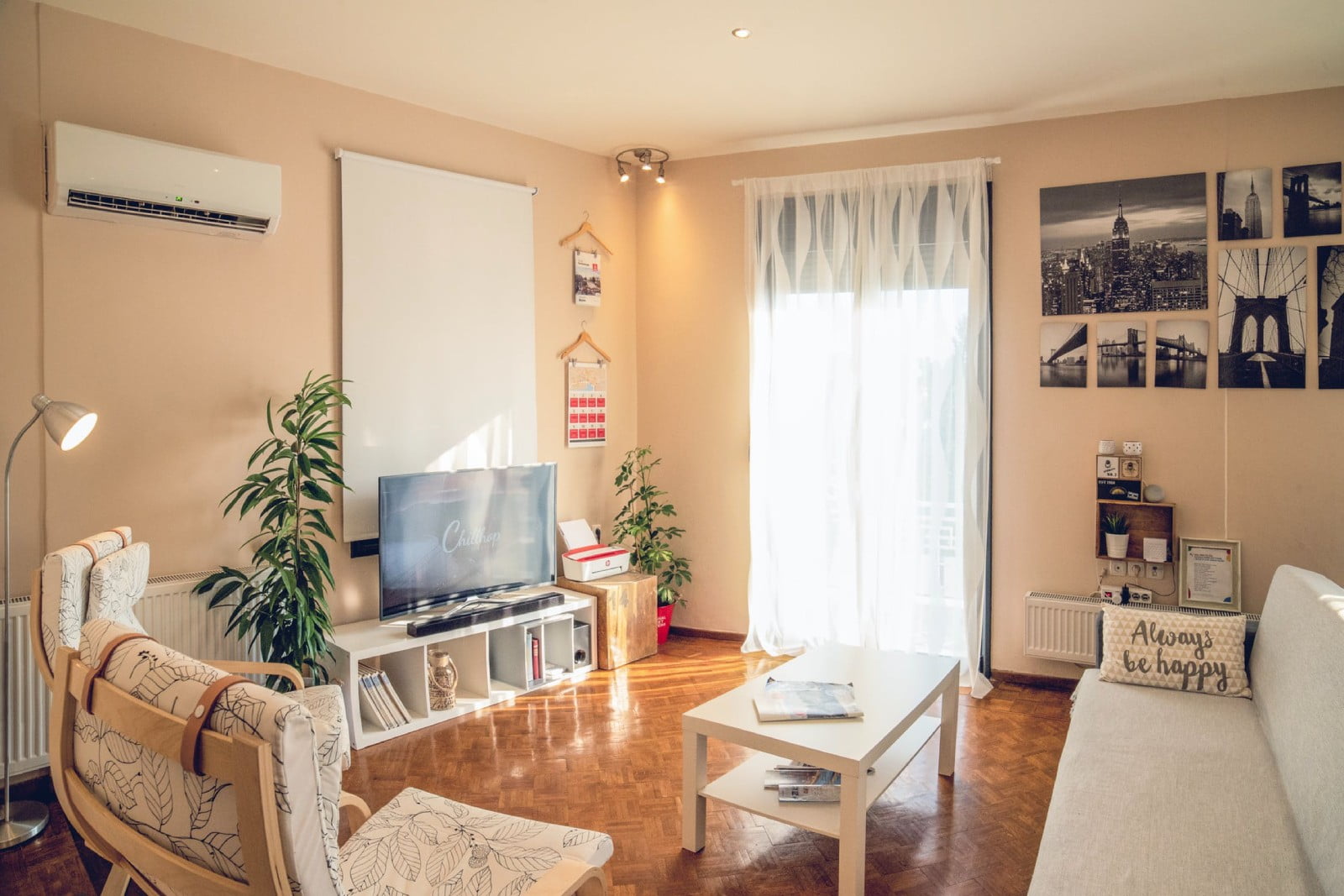
You don’t want a true brown if you’re trying to reduce stress. While brown is earthy and neutral, it can also be drab or cause restlessness when used in certain spaces and shades. However, if you go to the light side of the brown family, you’ll find tans and beiges that are perfect for stress relief, relaxation, and inducing a feeling of calm.
Whether you’re using them in the bedroom or any room in the home, you’ll create a great mood with the right shade of tan. Stick with warm tones for best results.
Deep Oranges
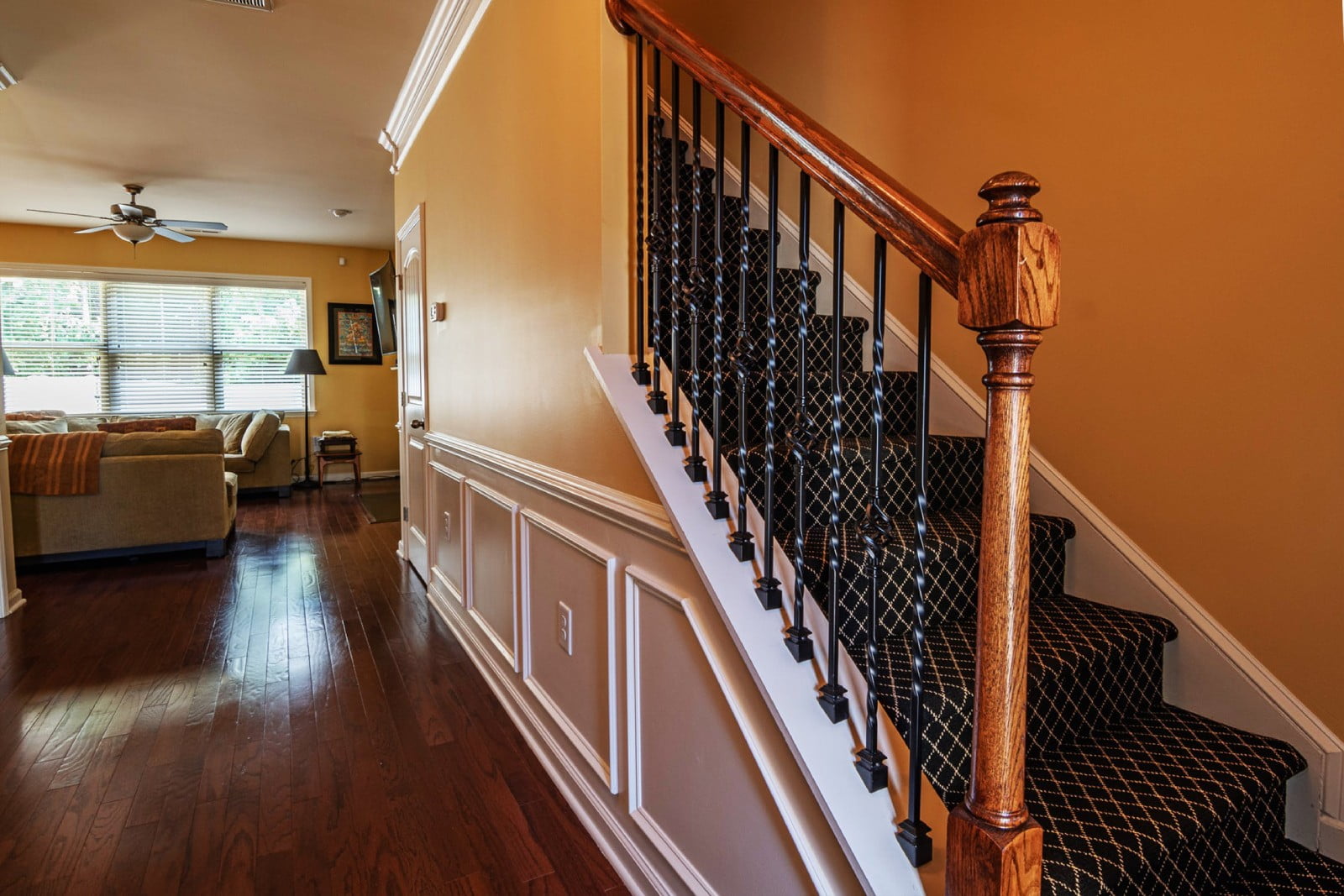
We’ve already discussed that you don’t want bright colors to create calm. However, shades of orange that are more along the lines of pumpkin, harvest spice, sunset bronze, and other deep, almost brown-based tones can actually create a relaxing and comforting feel for some people.
If used in dining or living areas where people gather, it brings a sense of peace and togetherness, which for many people is stress relief enough.
Most Pastels
Even colors like pink that you wouldn’t think immediately of as being a calming choice can have a stress-reducing, or at least happiness-inducing, effect. When you’re happier, you’re less stressed. Therefore, you can find a number of different colors in the pastel shade range that can give you the mood that you want and still meet the demands of your specific décor or style.
Colour Combinations
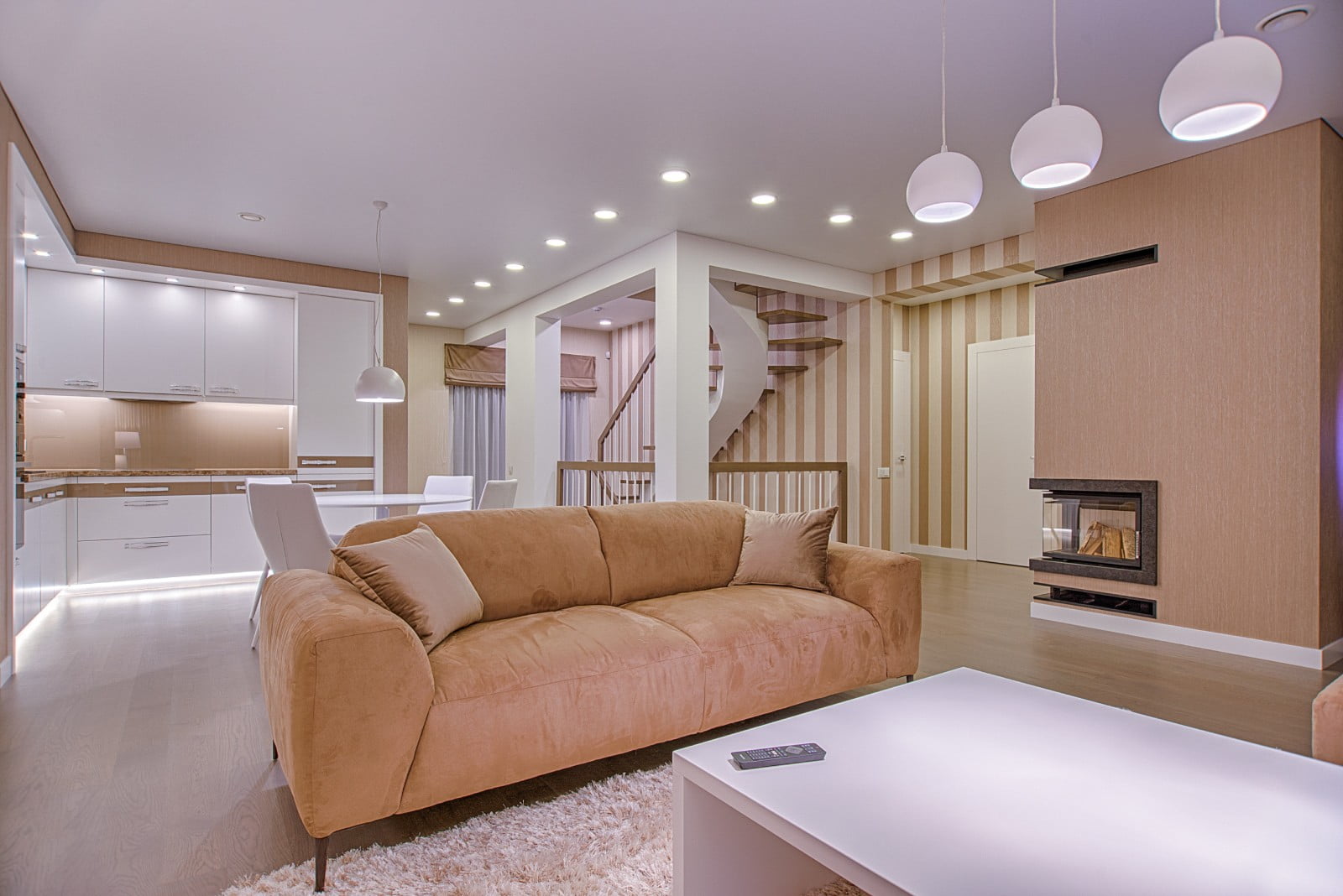
Some people don’t want to paint an entire room one color. They prefer mixing it up or just using one bold color on an accent wall, while keeping everything else mostly neutral. Fortunately, there are also a number of color combinations that can be used to create a stress relieving atmosphere. You can start with any of the colors here and find a great compliment for calming, such as:
- Light silver-grey walls with a brighter light blue accent
- Tan walls with an olive or light green accent
- An off-white or light grey with a golden yellow accent
- A light blue room with a bold blue accent wall
The combination options, as you can see, are truly endless. Depending on your personal tastes and the type of space that you’re painting, it should be easy to create a stress-free space that helps you decompress and feel calm and carefree in your own home.
Many of these colors are also great for assisting with sleep, so consider making your bedroom the first big project for your very own stress relief and sleep haven.
Colors to Avoid
Just as there are certain colors that induce a calming effect, there are colors that do the opposite, as well. If you want a room to be stress-free, you’re going to want to avoid bold, bright shades or any complex or busy designs.
Wallpaper and paint designs are great for a room that you’re trying to liven up, but these are distractions and can create more stress than anything if you’re not careful. Aside from patterns, specific colors may also add stress or excitement, rather than take it away. These include:
- Reds, which are powerful, action colors
- Dark or bright purples, which also signify power and have been related to nightmares
- True browns, which can be drab, cause restlessness, and sometimes stimulate the brain
- Stark whites, which are too clinical and cold for creating a relaxing space
- Blacks and dark colors, which will make a space feel closed-in, dull, or even depressing
The Bottom Line
You can use paint to create the perfect mood in any room in your home. The great thing about the psychology behind color is that there are so many options to create the same end result. If you’re trying to design the perfect stress-free space in your home, the colors listed here should definitely be on your shortlist. Now that you know the best and worst colors for stress relief, you can get started on creating your new tranquil space.
 (877) 663-5483
(877) 663-5483 (844) 333-1387
(844) 333-1387


